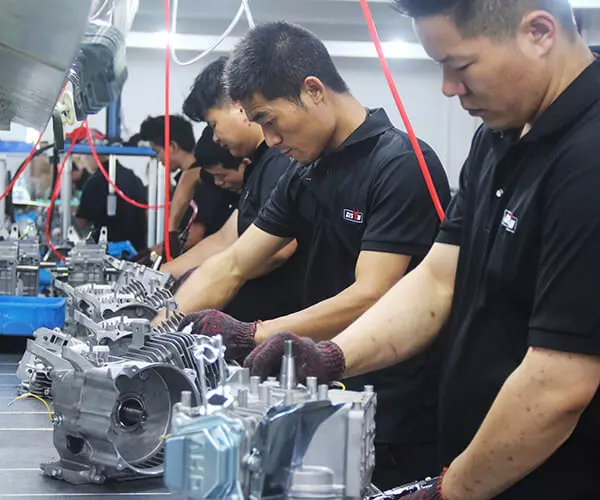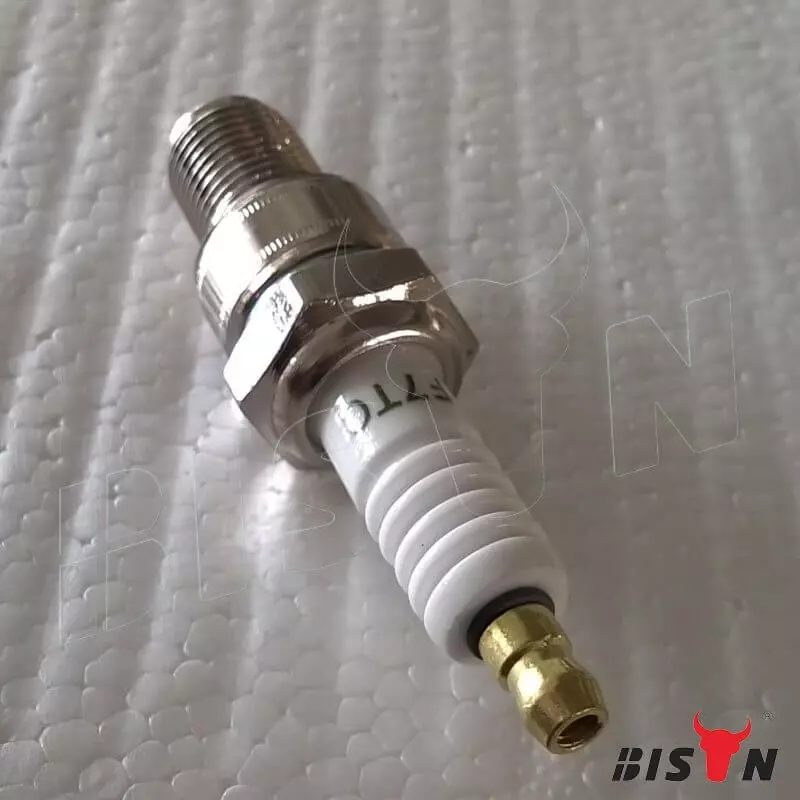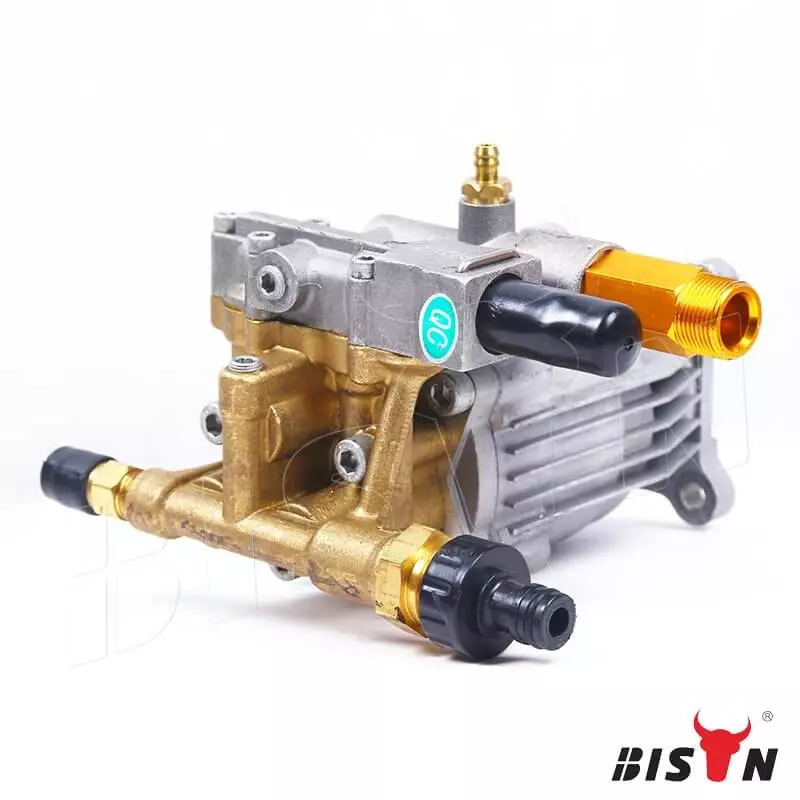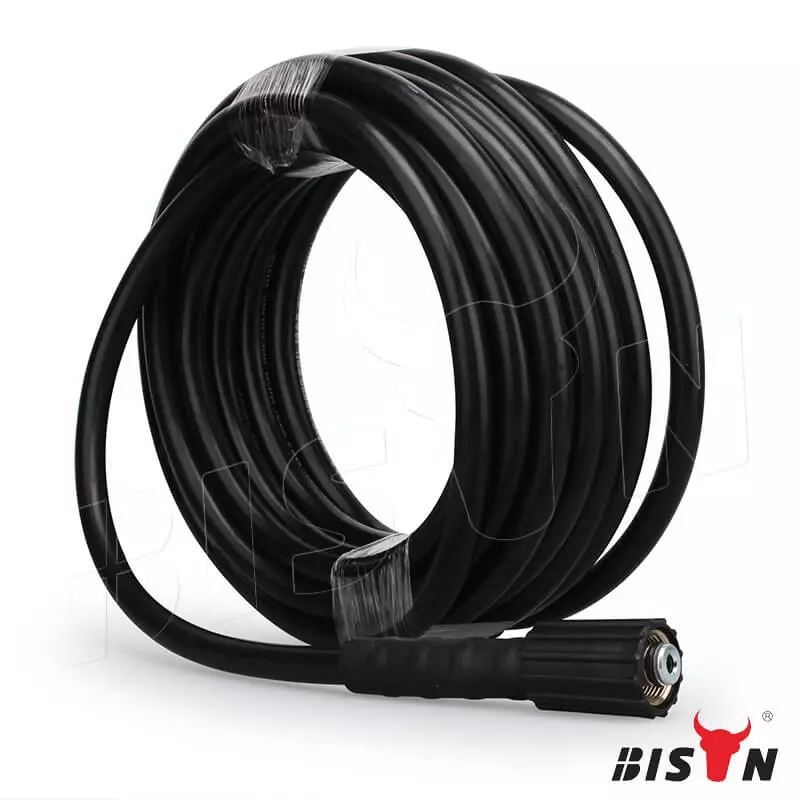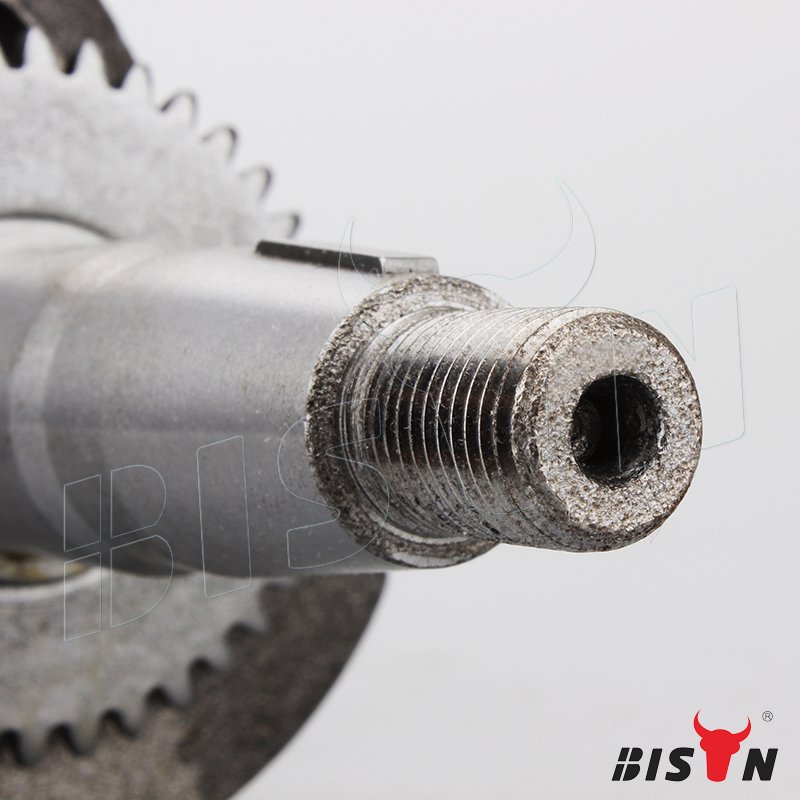
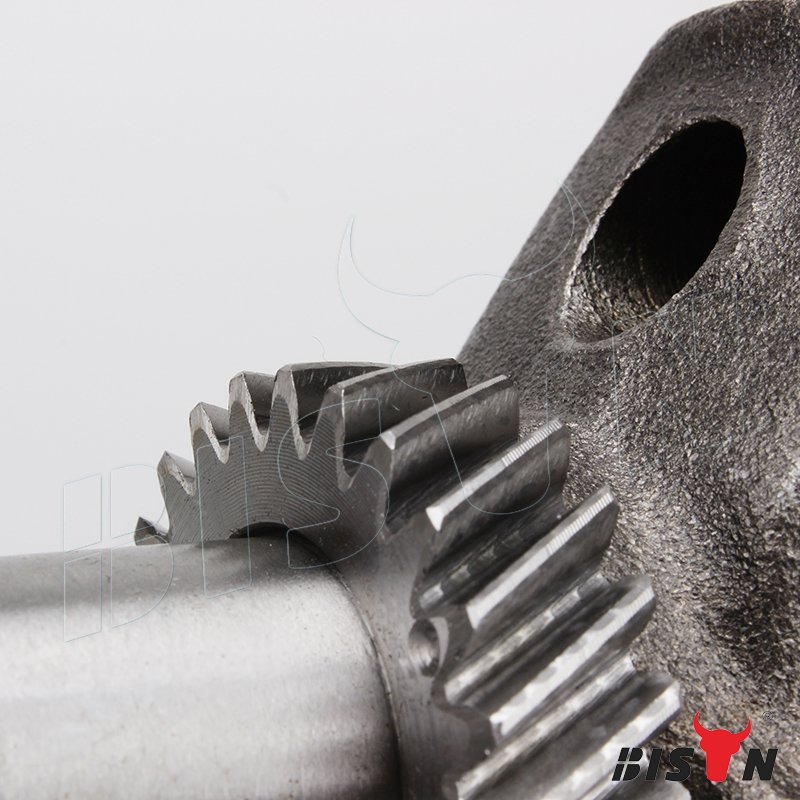

crankshaft details
The crankshaft is one of the most important components of an internal combustion engine, and it is subject to very high dynamic loads during the engine use. The choice of materials and manufacturing methods depends on the type of engine and the geometry and design of the crankshaft. High-strength materials must be used to ensure a long service life. Steel crankshafts are usually manufactured by forging or die forging, and if the material is cast iron, they are manufactured by casting.
In addition, the crankshaft is the most important part of all engines, and it helps to move the engine. The engine is composed of different parts. The crankshaft and piston are important parts of a reciprocating engine. Without these two important components, the reciprocating engine cannot work.
In a reciprocating engine, the piston is directly connected to the crankshaft through a connecting rod. The crank is called the pillar of the internal combustion engine. It is responsible for converting the linear motion of the piston into rotary motion. It works according to the up and down movement of the piston. In this article, we will delve into the crankshaft.
Different engines complete the power cycle with different crankshaft revolutions. For example, a two-stroke engine completes the power cycle after one crankshaft rotation, while a four-stroke engine completes the power cycle after two crankshaft rotations.
The crankshaft can adopt welded, semi-integral or one-piece structure. This part of the engine connects the output part of the engine to the input part.
crankshaft Faq
What causes crankshaft damage?
INSTALLATION FAULTS AND WEAR ARE THE MOST COMMON CAUSES OF DAMAGE TO THE CRANKSHAFT AND CRANKSHAFT BEARINGS. Softening of the bearing journals due to previous bearing damage or improper modification work, e.g. excessive regrinding.
What is crankshaft made of?
The majority of OEM crankshafts are made of cast iron or cast steel. Molten metal is poured into a sand casting to create the basic shape of the crank, then this raw casting is machined to its final tolerances.
